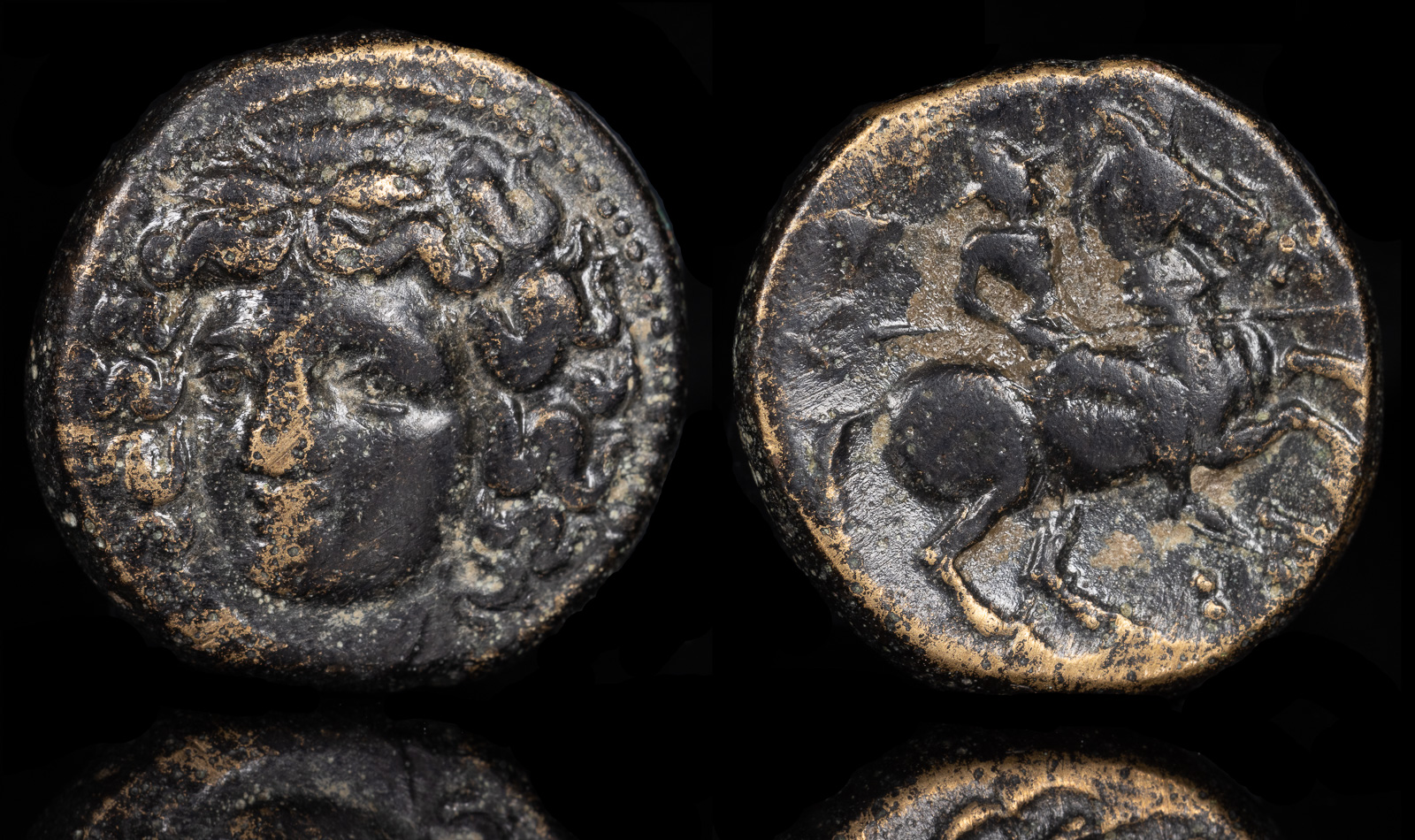Ampyx
View All Tags
Symbolically, the ampyx was associated with regality, purity, and sacredness. In Greek and Roman art, gods and goddesses, particularly deities like Apollo, Hera, and Athena, are often depicted wearing an ampyx, reinforcing their elevated status and divine nature. The headband served as a visible marker of their celestial or divine authority, signifying that they were set apart from mortals. It also had a ritualistic aspect, as it was worn during religious ceremonies and festivals, underscoring the wearer’s connection to the divine and the sacred.
In addition to its association with divinity, the ampyx was also a symbol of virtue and nobility. In ancient Greece, it was often worn by young women during important life events, such as weddings, or by young men during rites of passage. The wearing of the ampyx signified the individual’s entrance into a new phase of life, marked by responsibility, maturity, and societal recognition. It could also indicate a person’s social rank, with those of higher social standing or political power often seen wearing more elaborate or richly decorated versions of the headband.
The ampyx also served as a cultural symbol that transcended individual wearers, embodying broader themes of beauty and harmony. It reflected an ideal of physical and moral perfection, as the neat, symmetrical nature of the ampyx complemented the Greek and Roman ideals of balance and order. In this way, the ampyx was not just a decorative item, but a symbol of the wearer’s alignment with the cultural and philosophical values of ancient society.

Thessaly, Larissa
4th Century BCE
AE 17.29mm 6.48g
Obverse: Head of the nymph Larissa facing slightly left, with hair in ampyx
Reverse: ΛΑΡΙ-Σ-AΙΩΝ, warrior on horseback trotting right, grain ear below
Attribution: Rogers 279; BCD Thessaly II 387.5
Ex BCD collection Purchased October 1994
Ex Marc Breitsprecher